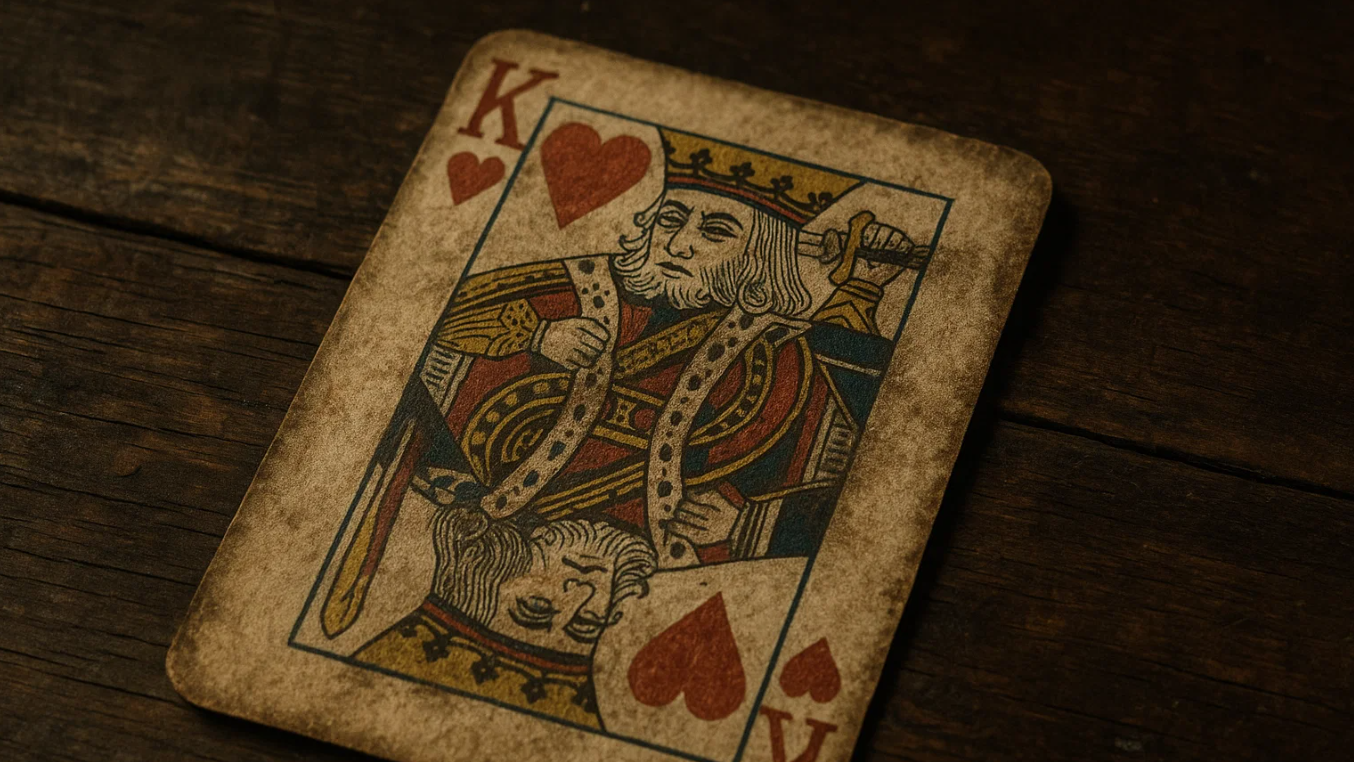Face Cards and Royal Origins: A Glimpse into Card History
Playing cards first appeared in Europe via the Arab world. According to Italian chronicler Niccolo Caveluzza, the new card game spread from the Muslim world through Spain around 1375. In those early days, cards featured no faces—Islamic tradition discouraged depictions of living beings. But as playing cards caught on, their look began to evolve.
The modern 52-card deck familiar to every poker player traces its roots to France. It was at the court of King Charles VI—known to history as “the Mad”—that the first illustrated cards were commissioned. The court painter Jacquesmin Gringonneur is said to have introduced the idea of using well-known historical and legendary figures for the court cards: kings, queens, and jacks. The suits—hearts, spades, diamonds, and clubs—symbolized society’s classes: clergy, nobility, merchants, and peasants. Within this world, the King of Hearts emerged as a symbol of spiritual authority.
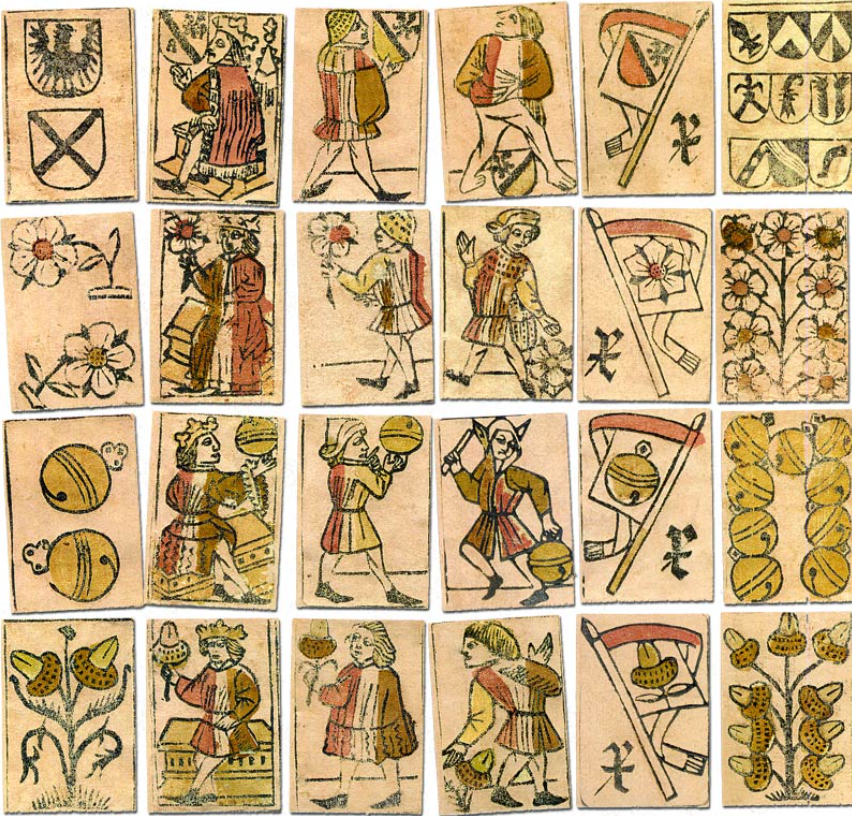
Charlemagne: The Prototype King of Hearts
The first and most prominent inspiration for the King of Hearts was Charlemagne, the Frankish ruler who unified most of Western and Central Europe and laid the groundwork for the Holy Roman Empire. His name became virtually synonymous with “king” across many European languages. Charlemagne ruled for nearly fifty years, took five wives, and fathered at least twenty children—becoming a living legend in his own era.
Later decks would crown other figures King of Hearts as well—Charles I of England, Emperor Constantine the Great, author Victor Hugo, and even General Georges Boulanger. In some cultures, Prince Vladimir the Great or Russia’s last Tsar Nicholas II have taken this place as well.
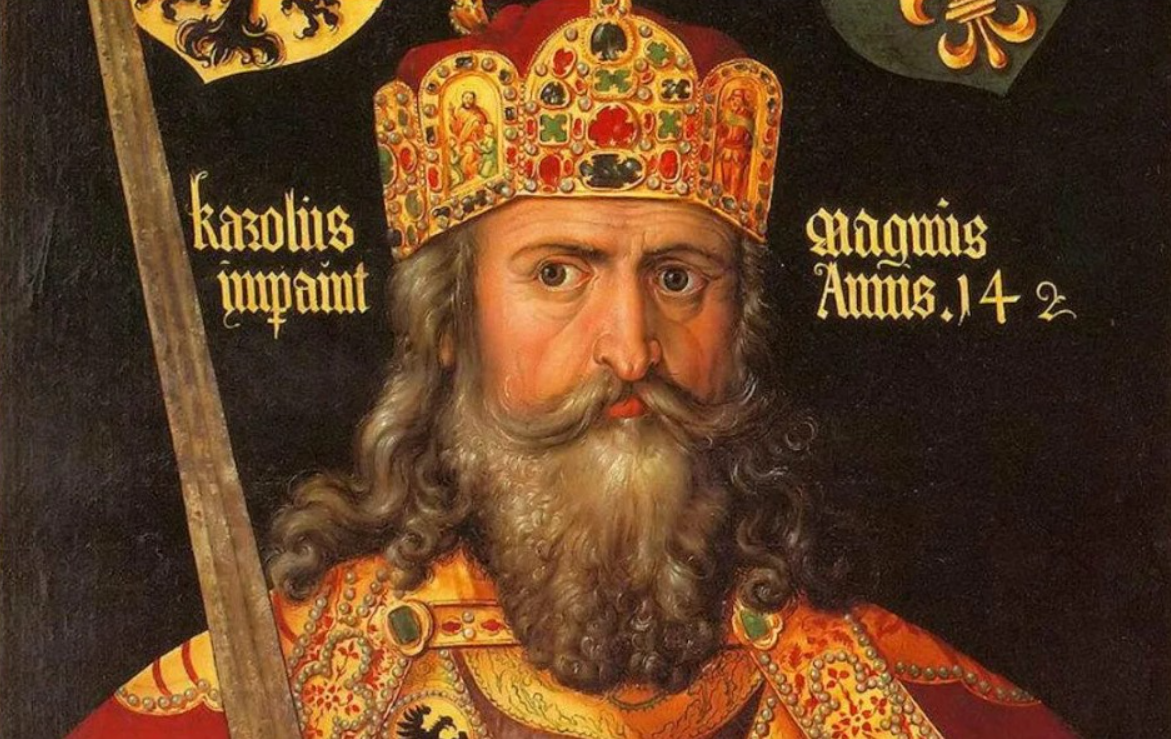
How Did the "Suicide King" Come?
The oddest aspect of this card may be its enduring nickname: “The Suicide King.” The image shows a king seemingly stabbing himself in the head with a sword. But this was never an intentional depiction of self-destruction.
Originally, the King of Hearts held an axe, a weapon typical for the late Middle Ages. But when French printers standardized playing card design in Rouen in the 15th century, the axe became a sword. The reason was practical—printing presses of the era couldn’t handle intricate details, and swords were simply easier to draw than axes.
Over centuries of reprints and design tweaks, the King’s portrait got more and more distorted. Perspective was lost, smaller details vanished, and eventually the King appeared to run a sword right through his skull. This visual quirk stuck—and “Suicide King” became a phrase known to card players around the world.
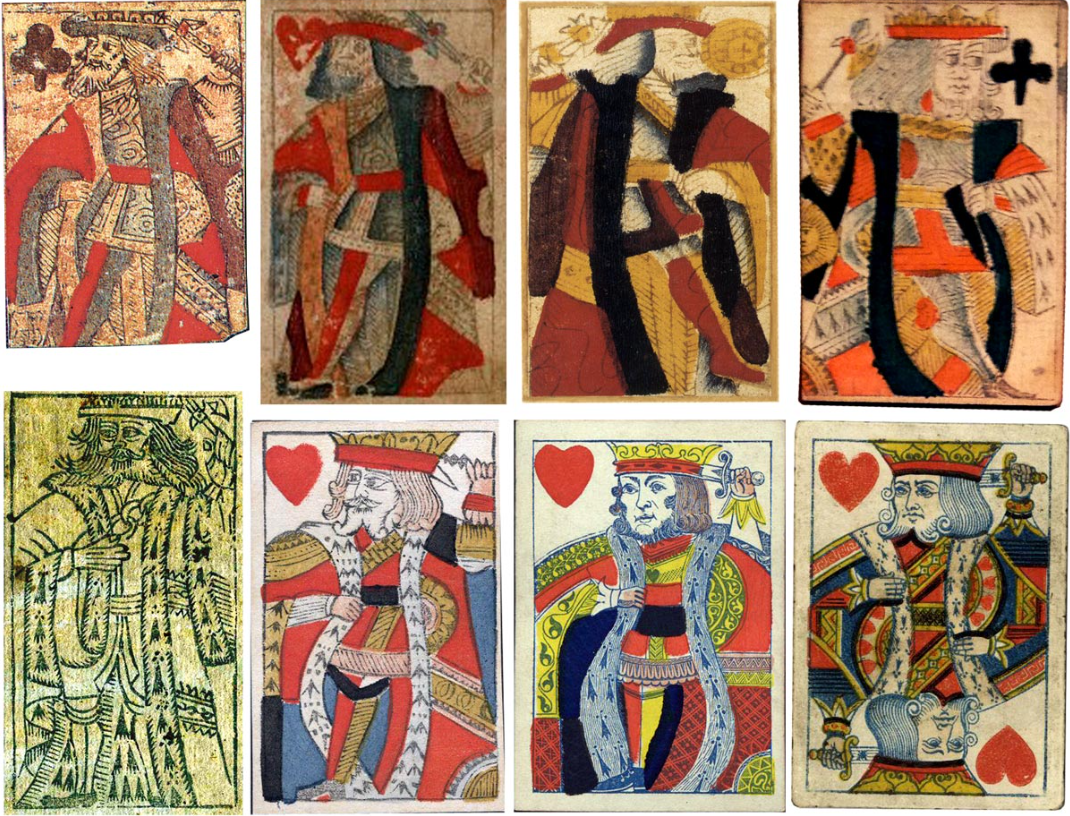
Deeper Meanings: Symbolism and Spiritual Power
In card symbolism, hearts stand for love, emotion, and spirituality. In many traditions, the King of Hearts exudes something of a spiritual leader—at times strong, at others tragically flawed. Some interpretations see his image as emblematic of self-sacrifice, echoing the ideal of a Christian monarch giving all for his people.
The hierarchy of cards shifted after the French Revolution. The ace took the place of king as the top-ranking card—a symbolic dethroning of the monarchy in favor of the people. In this sense, the motif of the “Suicide King” can also be read as the fall of the old order—an end to absolute authority, and a king who lost his crown.
The King of Hearts: History’s Mirror in Your Hand
The King of Hearts is unique not just for his design, but for his ability to reflect history and culture. Over the centuries, his face has morphed from emperor to writer to warlord, depending on the era and the deck. During World War II, he was even pressed into service in Soviet propaganda decks, caricatured as a Nazi leader.
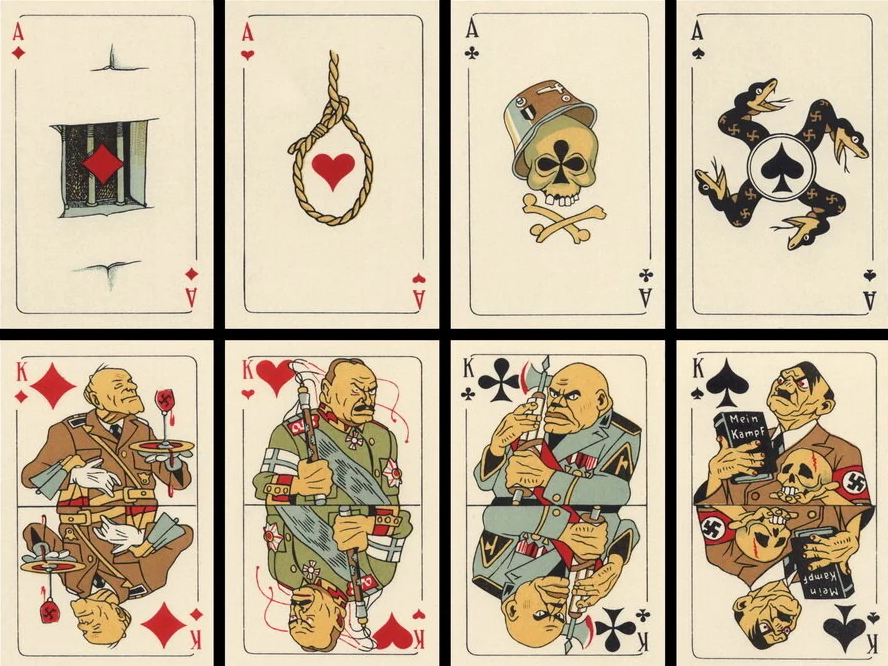
While other cards have stayed essentially unchanged, the King of Hearts continues to evolve. He’s a card with a life of his own—a symbol that teases, deceives, and fascinates both players and historians alike.
Two Left Hands and a Flicker of Movie Fame
The King of Hearts had a curious brush with pop culture in the 20th century. In the classic 1965 Clint Eastwood film 'For a Few Dollars More,' keen-eyed viewers could spot a Fournier deck featuring a production error: the King of Hearts with two left hands—one holding his trademark sword, the other clutching his coat. The misprint only appeared in a specific edition, but quickly became a piece of cult lore in the card world.
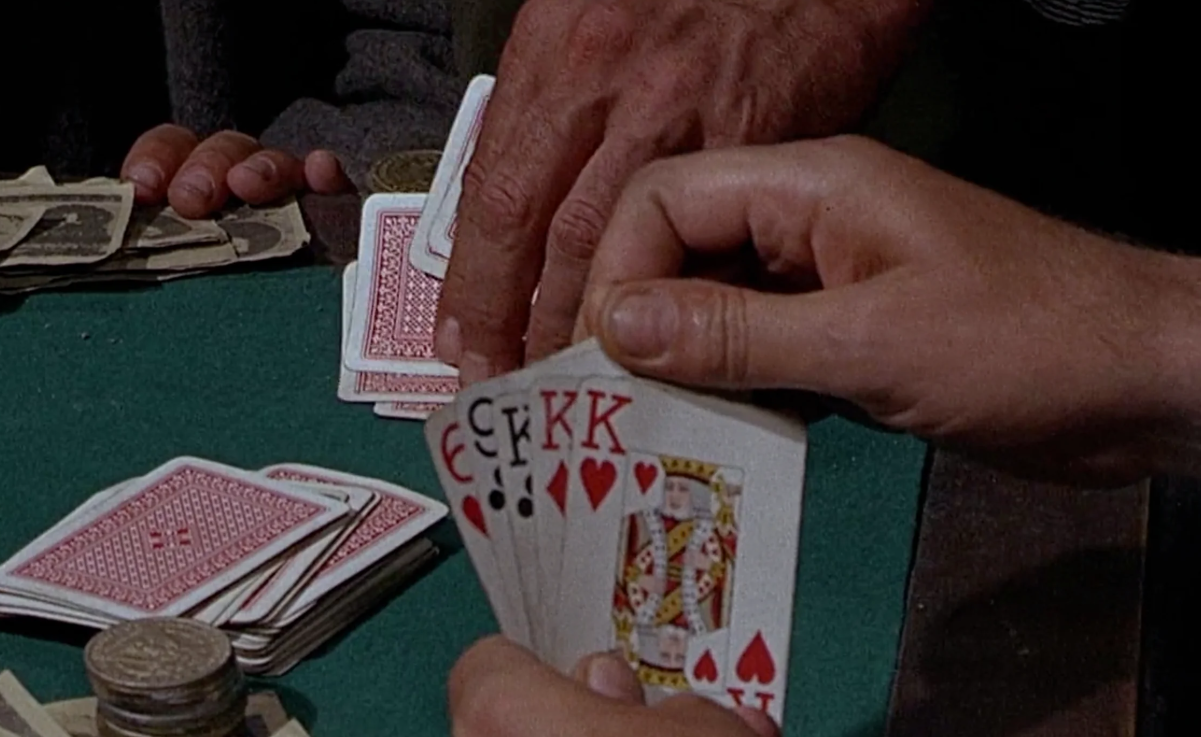
The King of Hearts is much more than a symbol in the standard deck. He’s a centuries-old artifact—a blend of medieval power, religious symbolism, and the curious mistakes that give him his enigmatic character. His nickname, the “Suicide King,” is a reminder of how history, art, and a little bit of chance can fuse in one immortal image. That’s exactly why the King of Hearts remains the most iconic card in the entire deck.
Sources: Sora, Wikipedia, Reddit, The Worlds of Playing Cards


